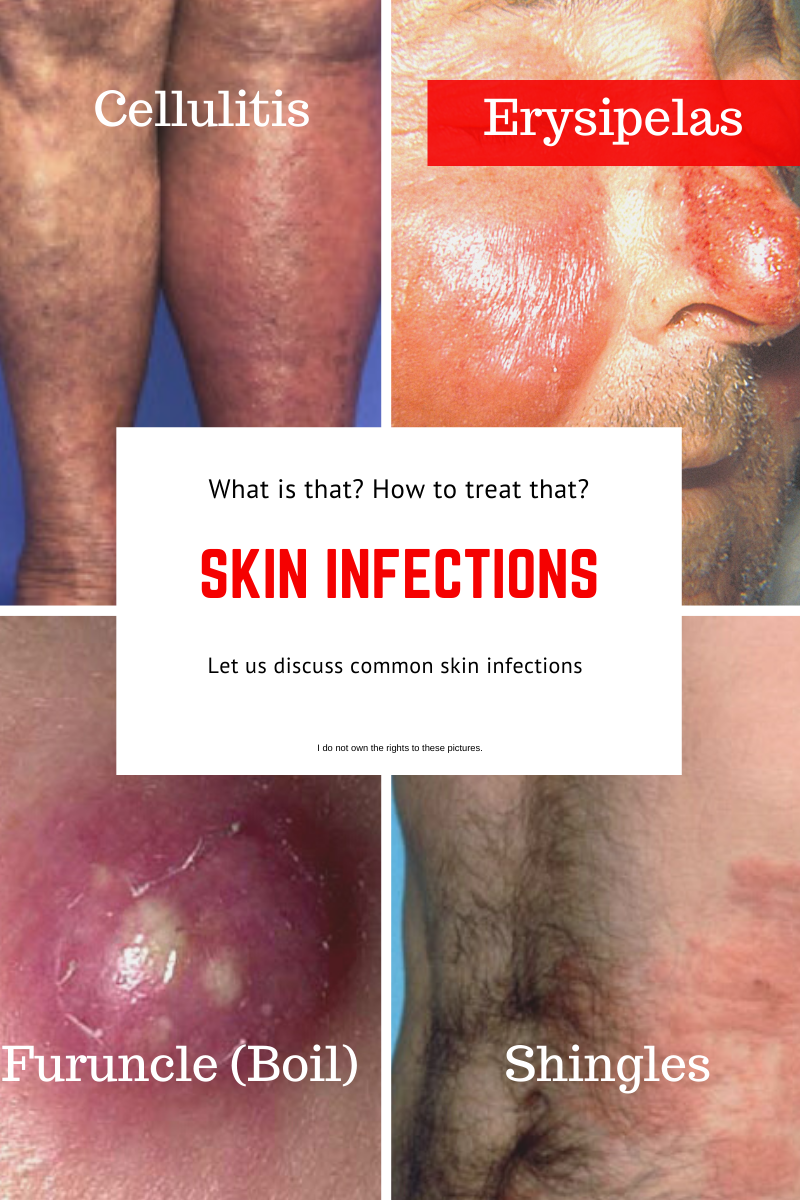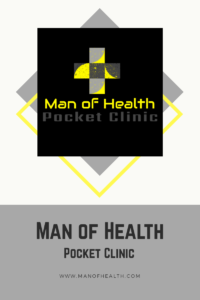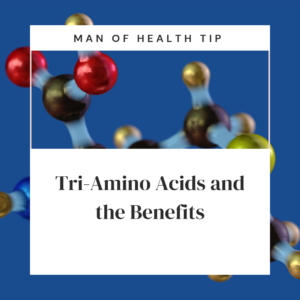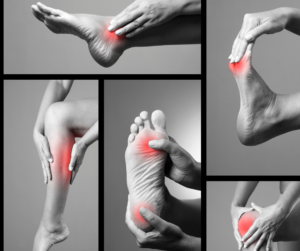
What’s that? & How to treat that? (Common Skin Infections)
- Post author:Christopher C
- Post published:January 13, 2021
- Post category:Physical Health
In this post we are going to discuss some of the more frequent skin infections people have and what are some of the common treatments.
We are not going to go super deep into each skin infection.
We are going to deliver simple information so you will understand:
- What you are looking at?
- Why does it occur?
- What are your treatment options?
As always remember this post is not your treatment guide. Always consult with your physician or provider before taking any medications or supplements.
Let’s Begin
Cellulitis
What is it:
Cellulitis is a bacterial infection of the skin. It usually occurs after a puncture wound or some type of break in the skin (scratch, surgery, or bug bite). When this occurs it causes staph or strept to enter the wound. This can cause an infection of the two deepest layers of the skin (dermis and subcutaneous layer).
Cellulitis can be serious if it reaches your bloodstream and causes you to become extremely infected.
Signs & Symptoms of Cellulitis
- Tender local area surrounding a wound.
- Pain at the area.
- Very hot and redden area.
- May or may not have fever.
How your provider may treat it.
If an abscess (pocket of pus) forms the provider may drain the abscess. An abscess usually indicates a staph infection, which may require antibiotics.
Most cases of cellulitis can be solved with oral antibiotics.
Erysipelas
What is it:
It is very similar to cellulitis but not as serious. Erysipelas is an infection of the top two layers (it doesn’t go as deep as cellulitis). It is usually caused by strept. Breaks in the top layers of the skin can cause erysipelas. Things like eczema and athlete’s foot could cause erysipelas.
Signs & Symptoms of Erysipelas
- Quick onset 48 hrs. Compared to cellulitis which takes longer (remember it is not as deep).
- Flu like symptoms
- Red rash (has great outlines to the rash)
- Swelling of the skin
How to treat it.
If it is located on the face it requires a more aggressive treatment. Your provider may prescribe more aggressive antibiotics. All other cases of erysipelas can be treated with a less aggressive oral antibiotic.
Furuncles (Boils)
What is it:
It is an infection surrounding a hair follicle. It usually begins as a small lump but as it collects and fills with pus it becomes larger and more painful. When a boil is not treated it becomes a abscess.
Signs & Symptoms of Furuncles (Boils)
- Tender skin mass
- It usually opens and drains
- Furuncles usually occur where there is friction to hair follicles (buttocks, armpits, and arms)
How to treat it:
Warm compresses to the area. This will help decrease the inflammation. It helps blood flow to the area which helps bring the nutrients needed to start the healing process.
Incision and drainage: most abscesses if formed will need to be drained.
Antibiotics may not be given if it’s an isolated boil. They will give you an antibiotic if cellulitis accompanies the furuncle.
If you have reoccurring “boils” there are treatment options
Increase your personal hygiene
Antibiotics may be given to prevent the boils from reoccurring.
Antiseptic body cleaners
Shingles
What is that:
Shingles (herpes zoster), unlike the other skin infections we discussed, are caused by a virus. Shingles are caused by the varicella -zoster virus. This is the same virus that causes chickenpox. Varicella Zoster remains inside your nervous system once you have chickenpox. Your immune system causes the virus to become active years later.
Signs & Symptoms of Shingles
- Usually older age
- Usually a preceding rash 5 days before the zoster outbreak.
- Lesions heal with 2-4 weeks
- Painful “blisters” that occur on one side usually the blisters never cross the midline of your body.
- These painful blisters usually start to crust over after 7-10 days.
- Can have pain after lesions have disappeared
- Can lead to blindness of it occurs on the face.
How is it treated:
Treated with antivirals if started within 3 days of the first sign of an outbreak.
Pain medication to help with the painful blisters.
The best treatment is to get the vaccine to prevent chicken pox and to get a shingles vaccine.
The shingles vaccine is usually given to adults greater than 50 years old.
Conclusion
These are just a couple of the skin infections that are common.
Remember if you have any of these skin infections to see your provider for proper treatment.
If interested in having joining our Facebook Community. Like our Facebook Group Below. This group will provide group workouts. Exclusive discounts on Man of Health products.

Share via:



